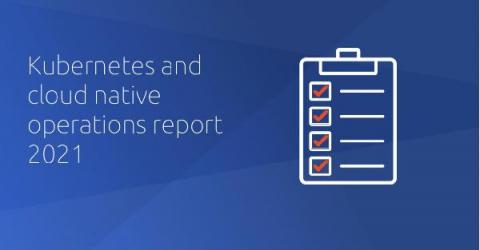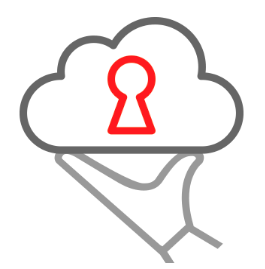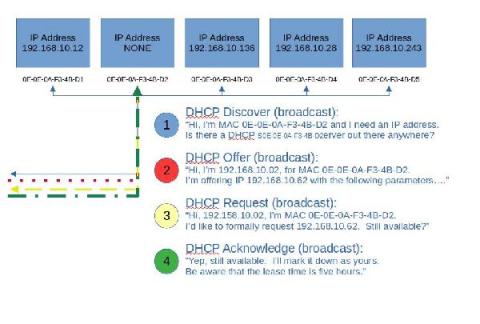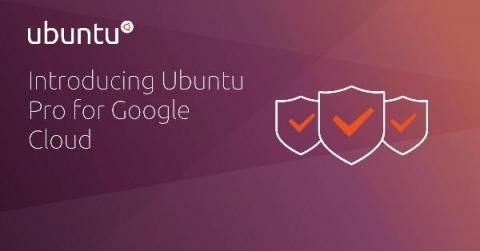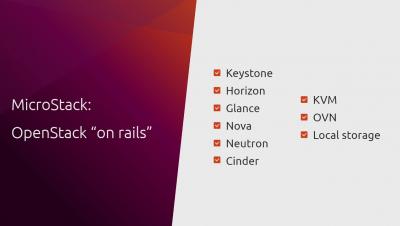Top 10 apps for a fresh Linux install in 2021
Are you struggling with too much lag? Is it time for a spring clean and a fresh Linux install? Ready to upgrade to Focal Fossa (LTS) or Hirsute Hippo? Whatever situation you are in, get started quickly with some of the most popular apps you need for a fresh Linux install. Here are all the commands you need so easily copy and paste to get started! (There is a full block of commands at the end that you can easily copy and paste if you’d like to install all the apps in one go).



